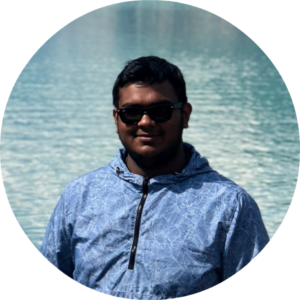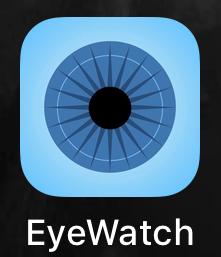This summer when I found out that I have the chance to be a fellow for Tech Under Twenty, I was expecting that it is going to be 6 weeks of just me and my friend programming. Little did I know, I was setting myself up for a chance to experience the startup cycle in a span of just six weeks.
When initially coming up with an idea, me and my partner Dean Louizos were not thinking of building something to commercialize, we just wanted to build something we would be interested in. Me personally having an interest in computer vision and my partner being interested in medicine we knew we wanted to combine computer vision and medicine in some way.
We ended up deciding on making an app to diagnose Benign Paroxysmal Positional Vertigo (BPPV). If you have no idea what that means, that’s fine. As we learned the hard way, nobody else seems to know either.
After following the advice from “The Lean Startup” by Eric Ries, my partner Dean and I built a minimum viable product for our app and tried to show it to our target users; doctors. We quickly learned that getting a hold of doctors via email is next to impossible. So we decided to print out letters and physically go to all 40 doctors in my hometown of Milton, ON.
After waiting for a week for feedback, we got a grand total of ZERO responses giving us feedback on our app idea. Being bone headed teenagers, me and my partner Dean decided to keep developing the app, subconsciously knowing that nobody is ever gonna use it.
Three weeks into our fellowship we got a chance to meet our mentor Dave Crane a project manager in the software development industry. At this point, we were yet to receive a single response to the feedback request, yet we were still actively developing this app. My partner Dean and I explained this situation to our mentor Dave, after a long discussion he was able to bring us to our senses and tell us that we have been wasting our time. He made us recognize that we should seriously consider pivoting.
This meant that Dean and I had to go back to the drawing board and start brainstorming. We did not want to completely throw away our work for the last three weeks so we wanted to work on a similar app that would use the same underlying technology and algorithms.
We had to target a larger user base, so we decided to pivot our app to detect concussions. This app would allow athletes and other users to check if they are showing signs of a concussion on their phone, so they can seek medical attention.
Concussions are a much more popular medical condition and can be detected in a similar manner. Specifically, in order to detect BPPV, we needed to see if the user’s pupils are oscillating after they make an unexpected head movement, whereas for a concussion you need to look for binocular coordination, which basically means we have to see if the user’s eyes are moving in sync. As it turns out, this app would not only have more users, it would also be easier to implement.
Having learned our lesson from the first iteration, My partner Dean and I did not write a single line of code until we were satisfied that this application will actually have users.
Being a football player for many years, I was close friends with a variety of users who have experienced a concussion before. I proposed the idea of my app and asked them for advice. Additionally, I decided to go on the internet and find research papers regarding this condition, something that was very hard to do when I was focused on BPPV.
After doing a few days worth of market research, I knew that there is a use for this app. I got validation for this through my fellow football players, a former football coach, and the internet.
After being satisfied that this app will actually be used, Dean and I, started developing it. We were able to take a lot of the core code from our existing app, and build the second iteration in a few weeks worth of time.
We later took this app and demoed it to the list of potential users we had. Unlike working directly with doctors, our new target audience was easy to get a hold of and actually gave us feedback. We were able to learn from this feedback and improve our product. We are now at a point, where we are in talks with a large medical software company to buy us out.
This project was able to teach me so many lessons that I will carry on with me for the rest of my life. Before this experience, all I cared about was the programming aspect of software development and was blind to the business aspect. I would jump straight to writing code and not even think about whether or not it has any use. Going through the Tech Under Twenty fellowship really taught me the concept of building with a purpose. Had it not been for my mentor, I would have spent six weeks building an app that nobody would have ever downloaded.
I have now taken this lesson of designing user-centered products and apply it to all aspects of my life.

